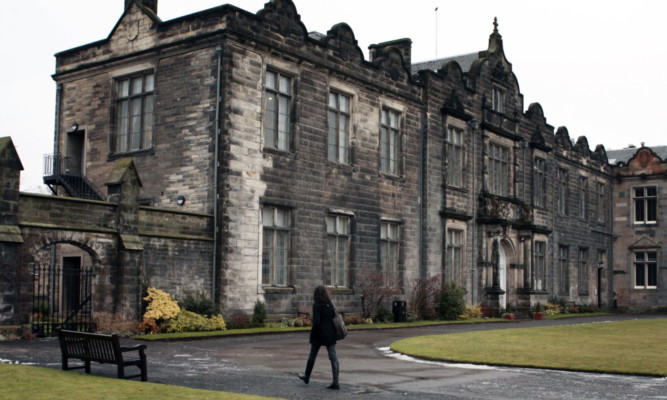Students burning toast in halls of residences and fire alarms triggered in science laboratories have contributed to St Andrews University being responsible for the highest rate of false alarm call-outs by the fire service in Fife, it has emerged.
Almost 50% of false alarms attended by firefighters in north-east Fife between April and September last year were to premises in St Andrews, with a significant number of those to university halls and other departments.
Scottish Fire and Rescue Service group manager Steven Michie has stressed the figures are “nothing to be alarmed about” as they reflect the concentration of university buildings in St Andrews.
He said the figures must be taken in context and are “not disproportionate” to the dense number of fire alarms present in the town.
St Andrews University said these figures are in line with other university towns, while it says the number of false fire alarms from its properties has actually fallen every year for the last three years.
A university spokesman said: “The figures are directly proportional to the number of properties with working fire alarms across a small town and represent false alarms in both student residences as well as laboratories.
“The university is not complacent, however, and is working closely with the Scottish Fire and Rescue Service to improve our systems and reduce the number of false alarm activations.
“We have heavily invested in upgrading to more sophisticated and less sensitive systems and our students are regularly made aware of the importance of fire safety and how to avoid false alarms.”
Presenting a report to Fife Council’s north-east area committee, Mr Michie said the target was to continually reduce the number of unwanted fire alarm signals.
The latest figures showed there were 321 unwanted fire alarm signals in north-east Fife between April and September last year compared with 298 the year before an increase of 33.
The figures for St Andrews during the same period showed an increase of 12 call-outs from 141 to 153.
This figure was still substantially lower than the St Andrews figure of 171 in 2010-11 and 184 in 2011-12.
